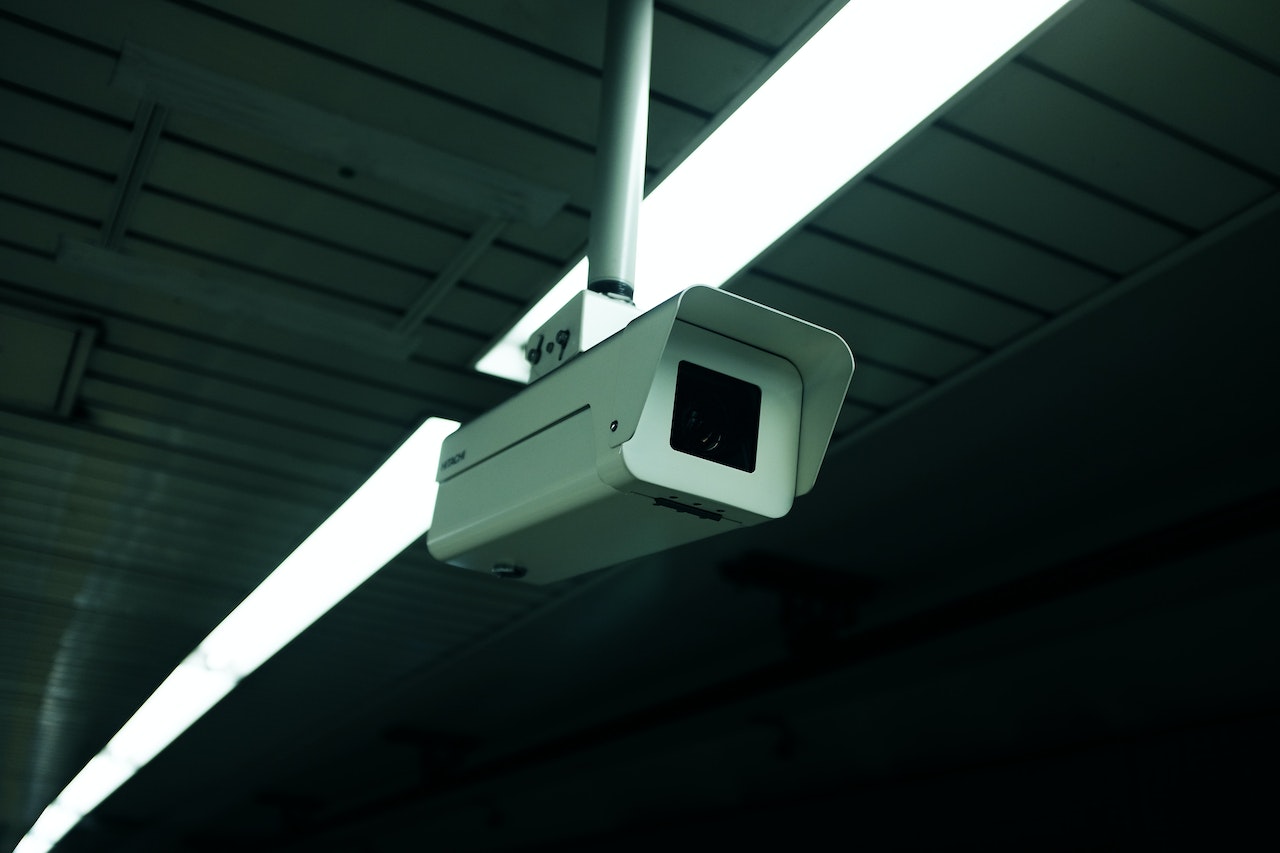In the retail industry, security is always a top priority. There are many different ways to approach retail security, but there are some best practices that all businesses should follow. Implementing these best practices can help businesses to deter crime and keep their employees and customers safe. Keep reading to learn more.
Creating a Safe and Secure Shopping Environment
Retail security is the practice of protecting retail businesses from crime and theft. Retail managers and business owners can deter crime by implementing security measures such as installing security cameras and alarms, hiring security guards, and keeping the store clean and organized.
The National Retail Federation has outlined several best practices for creating a safe and secure shopping environment. Retailers should hire security officers with experience in protecting retail establishments. They should also limit access to certain areas of the store, such as stockrooms, and restrict the movement of merchandise throughout the store.
Creating a safe environment for customers and employees includes ensuring that store entrances and exits are well-lit and monitored, that merchandise is properly displayed and secured, and that staff members are aware of their surroundings and quick to respond to any suspicious activity.
In addition, retail managers should properly label all products with barcodes and price tags so that they can be easily scanned at checkout. Finally, they should ensure that their payment processing systems are secure and that employees or shift leaders regularly deposit cash into a safe.
Utilizing Security Systems and Technology
In addition to physical security measures, retailers can also improve their security by using technology solutions such as video security cameras, access control systems, and cash management systems.
Video security cameras can be used to monitor activity in and around the store, and can help to identify and prosecute criminals. Access control systems can be used to restrict access to certain areas of the store and to track who is coming and going. Cash management systems can help to protect against fraudulent transactions and theft. All of these systems can help to improve the security of the retail environment and protect against loss and criminal activity.
Retailers should consider implementing these technology solutions to improve security and protect their businesses. By using video security cameras, access control systems, and cash management systems, retailers can improve security and reduce the risk of criminal activity and loss. These technology solutions can help to keep employees and customers safe and protect the business from financial losses.
Educating Employees on Security Best Practices
Retail employees are on the frontline of security, and they can play a critical role in protecting their businesses from theft and other security incidents. However, many retail employees have not been properly trained in security best practices, which can leave businesses vulnerable to theft and other security incidents.
Retail managers should provide employees with information about common scams and how to identify suspicious behavior. Retail employees should be taught how to respond to security incidents. They should know who to contact in the event of a security incident, and they should know what to do to minimize the damage and protect the business. Employees should additionally be trained in how to safely evacuate the building in the event of an emergency (e.g., fire).
In addition, employees should be taught how to handle cash and credit cards safely, and they should be prohibited from leaving money or merchandise unsecured.
Overall, it’s important to understand retail security best practices to protect the safety of retail employees and customers, as well as the security of the business and its assets. By implementing these practices, retailers can create a more secure environment for everyone involved and help reduce the risk of theft and other criminal activity.

